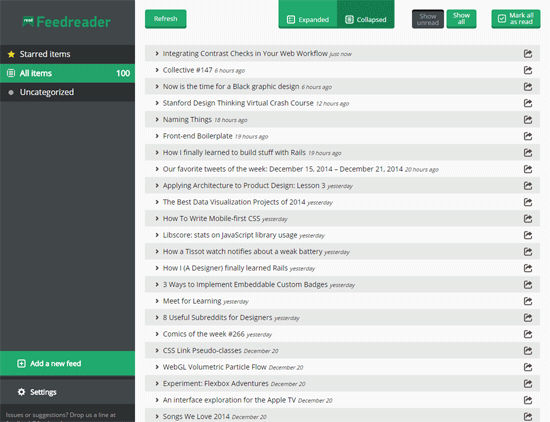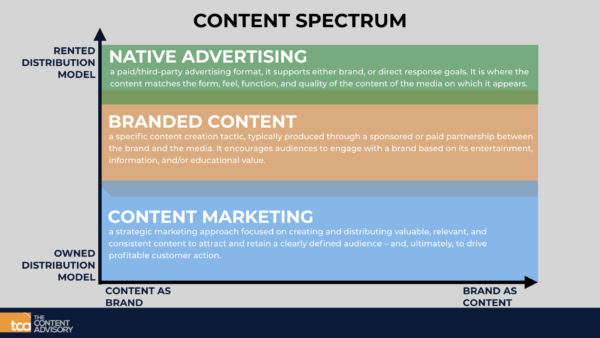
Monitor your industry trends, customers, influencers and competitors. Social media analytics can assist your marketing team in deciding which content or campaigns are the most successful. It can also be used to identify what content isn’t appealing to your target audience. 2015 saw only 17% companies integrate customer data across their entire organization. However, it can be difficult for companies to fully leverage this information. Here are some tips to fully leverage social media monitoring.
Monitor competitors
Social media monitoring is a great way to stay ahead of your competition and find marketing strategies that appeal to your target audience. You can monitor your competitors' social media activity to see how they communicate with their target audience and how they use it. This will allow you to stand out. Here are some tips to monitor your competitors on social media:
Sharelov – This social media monitoring tool is free and allows you to monitor up to 20 accounts on Facebook and 10 accounts on Twitter. Its social media monitoring tool will let you see posts by your competitors as well as the reactions they receive from their audiences. This tool will allow you to find new hashtag opportunities, and which ones are most effective in your marketing campaigns. Once you subscribe, you will be able to use the Sharelov Tool to track your competitors via Facebook, Instagram, TikTok, and Twitter.
Monitor customers
Social media is a great way for brands to stay on top of trends. Recent research shows that 75% US consumers tried new shopping methods in the past year. This is largely due economic factors and personal priorities. However, consumers can adapt quickly to change and brands that fail meet their needs are likely to lose customers to rivals. 75% of brands also don't participate in social media monitoring. Businesses can save themselves from being disrupted and increase customer loyalty by responding promptly to customer queries.

Social media monitoring strategies allow brands to identify trends that might be impacting brand performance. Social media monitoring allows marketers to track customer sentiments and pinpoint the best content for generating engagement. These tools allow marketers to determine which types and frequency of customers sharing content. A company can track which pages and posts get more engagement if they have a website.
Keep an eye on influencers
Monitor the conversations and mentions about your target product or brand to track influencer marketing efforts. You can accomplish this by setting up "Mention alarms", which are keywords that trigger a notification whenever someone talks about your brand. These notifications can be customized to send push notifications and email messages. If you're a small business, you can get started with Mention's Starter Plan. This plan includes five basic alerts, 5,000 Mentions, 3 users, sentiment analysis, and an influencer dashboard.
While following influencers on social networks is not a top-level marketing strategy for your brand, it does offer a great opportunity to gauge how well your brand is being perceived by potential customers. It's important to identify people who are most likely buy from your brand. These people are likely to have the highest followings on social networks. Engage them in discussions about your brand. You should also monitor them for weeks or months to see how well they interact with their audience.
Follow industry trends
Social media monitoring can allow you to identify emerging consumer sentiments and provide insight into industry trends. Social media provides a wealth of consumer data, which you can use to develop effective marketing strategies. Conversation analysis is a great way to find new sources and topics. You can begin by categorizing social media conversations based on their content by opinion leader, journalist or practitioner, as well as by union. Then, you can segment data into clusters based on keywords. Filters can be used to extract the most valuable data and apply them to marketing strategies.

When you are aware of what topics are being talked about in your industry, you can begin to create your social media strategy. Social media tools such as Buffer can be used to monitor industry hashtags and major industry influencers. You can also use Buffer to track news sources and Twitter chats. Feedly is another feed you can subscribe to to keep up to date with industry news and insights. To stay on top of industry trends, you can also track hashtags from conferences by following major industry influencers.
FAQ
Should I hire a writer to write my Content Marketing?
No! There is no need to hire professional writers to write content for you business. There are many free resources available that can help you get going.
Is content marketing simple to measure?
Yes! You can measure the results. This helps you to determine if your efforts were successful or if you need to make adjustments.
It's possible to track how many visitors came through different sources--including email, social, and paid ads, as well as track conversions such sales leads and purchase orders.
These metrics will tell you what pieces of content did well and where there are the most opportunities.
Does Content Marketing require an SEO specialist? Yes!
SEO experts are familiar with how search engines, such as Google, rank pages. They can also identify the keywords you should target when optimizing pages.
What is my ROI when I use a Content Marketing Strategy to Market?
Businesses that implement a Content Marketing Strategy are likely to see an average ROI between 5x and 10x more than those who don't.
A Content Marketing Strategy is used to generate leads and sell.
It can also provide valuable insight into your company. These insights enable you to make better decisions and improve customer service.
If you are curious about how much money you can make with a Content Marketing Strategy, I have the answer:
You can easily double your overall revenue.
Statistics
- To further show the importance of this, 89% of people have stopped doing business with a company because of a poor experience. (neilpatel.com)
- Forty-seven percent of buyers view 3 to 5 pieces of content before engaging with a sales representative. (mailchimp.com)
- Measure your goals with a progress indicator of 0-100%. Make your goals collaborative and transparent (semrush.com)
- Seventy-two percent business to business (B2B) (mailchimp.com)
- We found that 40% of businesses don't have a documented strategy yet. (semrush.com)
- According to our research, brand awareness, attracting traffic, and generating leads remain the key content marketing goals in 2022. (semrush.com)
- An example of an overarching goal could be: "In 2022, we want to achieve a 20% increase in revenue created by organic content and generate 15,000 MQLs with a budget of $30,000." (semrush.com)
- Content marketing produces 3X more leads per dollar spent. Content marketing costs 62% less than traditional marketing. (criteo.com)
External Links
How To
How to create amazing images
Images can make your content stand out among others. Images are a great way to communicate ideas visually. They are excellent at grabbing attention, and increasing engagement. They are great for communicating complex concepts clearly and effectively. ).
Images can be used to enhance a presentation or piece of writing. They can make it more interesting and alive. You could end up with mediocre results if you don’t know how to select the right image. This article will provide tips on how to choose the best images possible for your next project.
-
It is important to understand what makes a photo good. Before you look at photos, there's a lot you need to know. You want images that are concise and clear. It won't work if the photo is too cluttered. A simple, clean image will grab more attention. Images that don't show people smiling or looking directly at the camera are also not recommended. This is because it gives the impression that whatever you say isn't very interesting. You want the image to not distract from what you are trying to convey. It shouldn't draw too much attention to the content.
-
Find inspiration. Once you've got a list of potential candidates, it's time to go through them and find those that catch your eye. Look at their captions first. You will see that some photographers include them in the image, while others separate them. You want to make sure the caption is clear and interesting. Also, pay close attention to the context of the photo. Are you expecting to see someone having fun in this photo? It might be a dangerous place. Maybe you associate it with sadness. Whatever the reason for your liking the image, think about how it relates with the message you wish to convey.
-
You can test different types of images. One of the biggest benefits of using images in your content is that they allow you to highlight certain aspects of your text. A picture of a product may be useful if your article is about it. An image that shows the data in your infographic may also be helpful. These visual aids can be used to draw people to your information. They will feel more connected to what they are sharing.
-
Make sure you use the correct file format. One of the most important factors to remember when choosing images is the file type you need to use. You have two choices when creating web pages: JPEG, or GIF. Both are great file formats, but each has its pros and cons. JPEG files can be used for all media types, including websites and posts on social media. They are particularly useful for photos as they allow you to store large files in a very small area. Unfortunately, GIFs lose quality over time. They become pixelated within a few years. GIFs can be used for graphics and animation because they are smaller than JPEGs. However, they don't support transparency, making them unsuitable for photos.
-
Add other visuals. If you're struggling to come up with ideas for images, then it'd be wise to include some additional visuals within your content. As it is a distraction-free environment, it can improve the effectiveness and usability of your post. They are less likely to leave the page when they read your article. You can create infographics on your website to add more visuals. Infographics are extremely popular, as they provide a quick, easy way to share lots of useful information. You can also add them to your blog posts because they often contain lots of images.